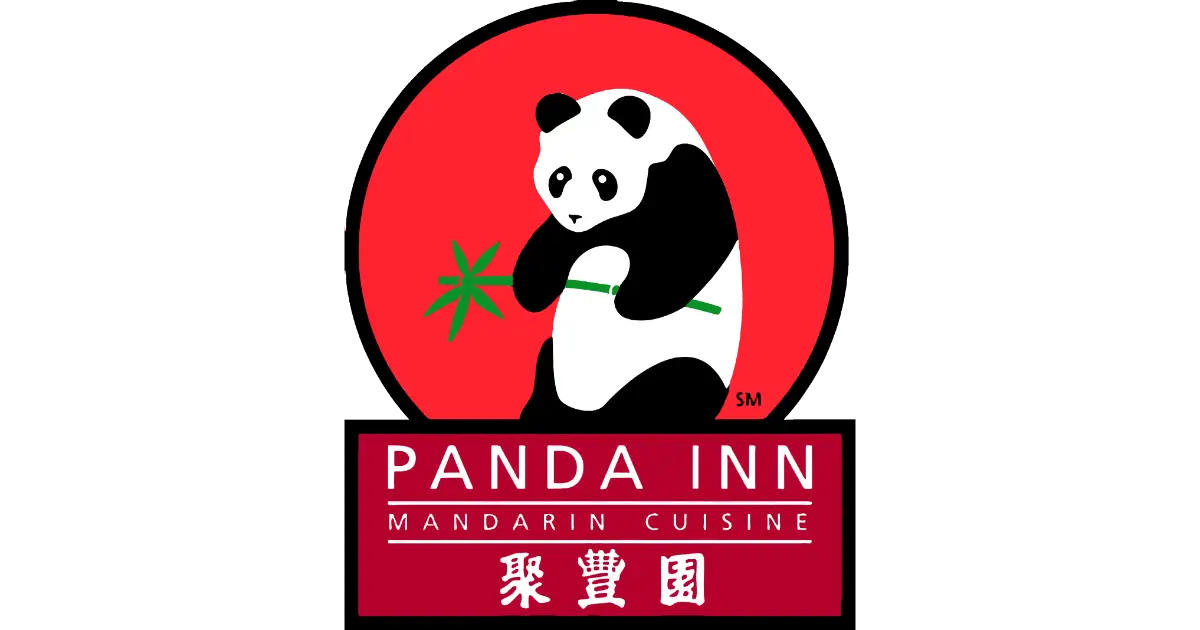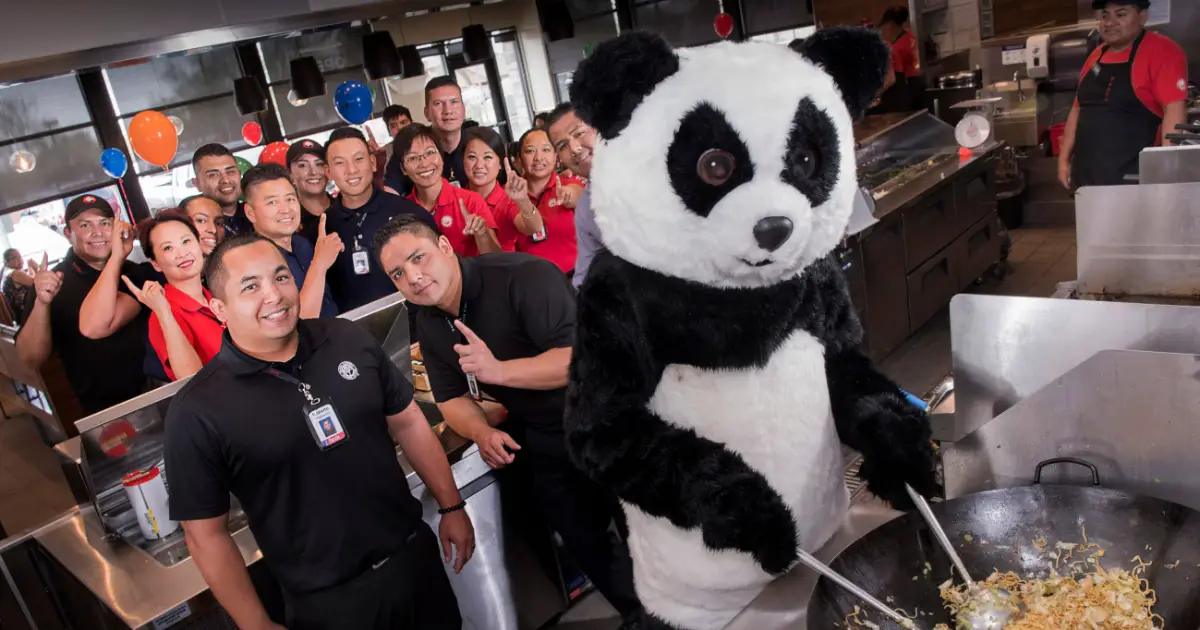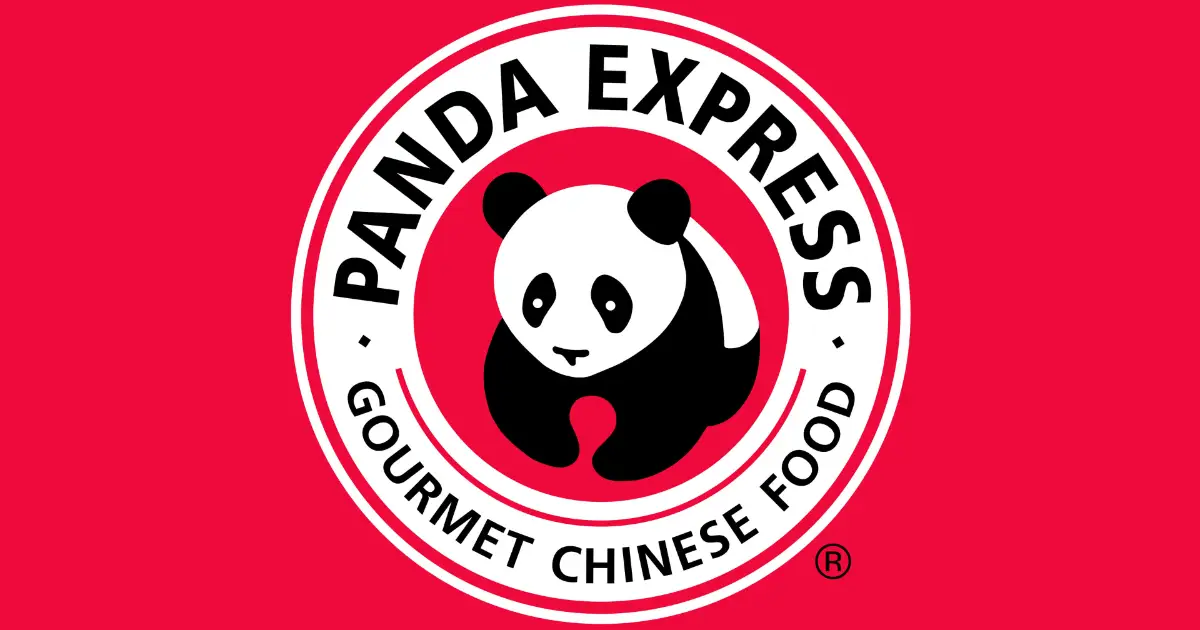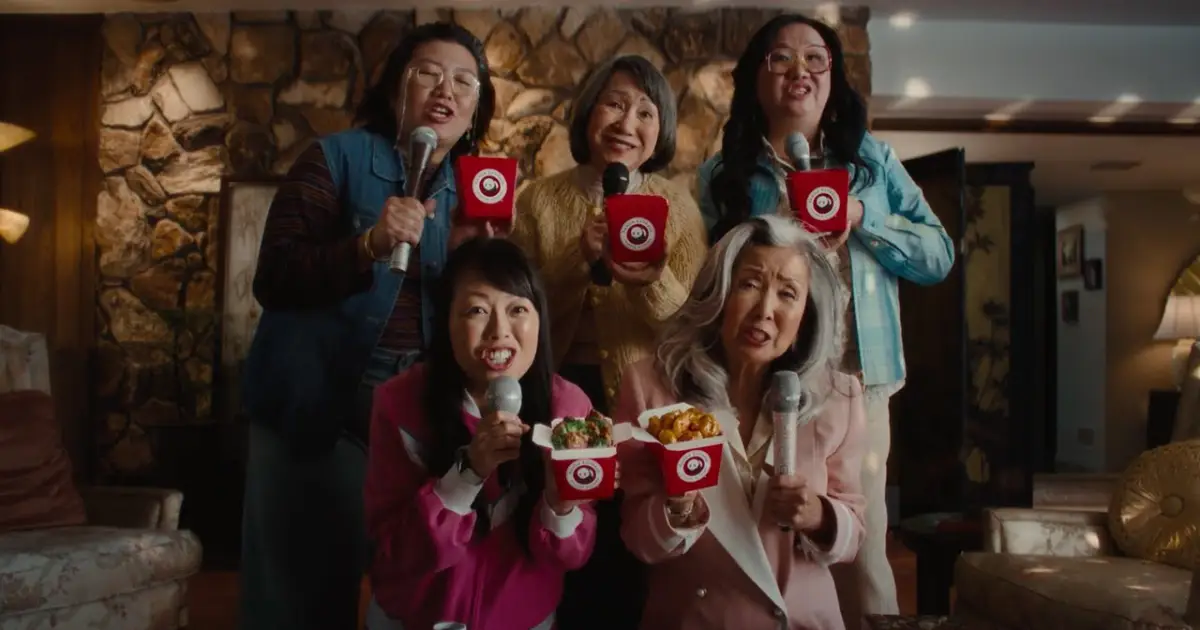.webp)
Panda Express
From a Chinese restaurant logo to a talking zoo resident to an inflatable grand opening star
If you want to understand American Chinese fast food, you need to understand the panda mascot. This isn't just a cartoon animal on a logo. Over decades, it's been a cultural bridge, a brand ambassador, a marketing experiment, and the friendly face of orange chicken.
Here's how one panda grew from a circle on a sign into a fast-food mascot icon.

1973: Andrew Cherng and his father, Ming Tsai Cherng, open Panda Inn in Pasadena, California. They choose the panda as their symbol. What were they thinking? Well, pandas live only in China, represent Chinese culture universally, and look friendly. The panda becomes their brand before they think about venturing into fast food.
1983: Donahue Schriber Real Estate invites the Cherngs to create a quick-service version of Panda Inn for the Glendale Galleria food court. Panda Express launches in October. The logo shifts from a rectangular Chinese character plate to a round red seal with a seated panda in the center.
The panda at this stage is purely graphic. No name. No personality. Just a symbol on a sign.
1987: Chef Andy Kao develops the original orange chicken recipe at a Panda Express in Hawaii. This dish will define American Chinese fast food and give future mascot campaigns something to obsess over.

2008: The company makes its first move into character-based advertising. Siltanen & Partners Advertising creates a campaign featuring two talking pandas: Tom-Tom (voiced by Reno Wilson) and Eddie (voiced by Steve Mackall).
The commercials show both pandas in their zoo home, talking about craving Beijing Beef instead of bamboo. The goal is to create banter similar to Sonic Drive-In's "Sonic guys."
In one spot, Eddie confesses he likes Beijing Beef more than orange chicken. Tom-Tom reacts with shock, pointing out that Eddie runs the Orange Chicken Fan Club.
These characters give the panda a voice for the first time, but the campaign doesn't stick. Tom-Tom and Eddie disappear after their brief moment.
2009: The logo gets darker. The words become bold. The tagline simplifies to "Chinese Kitchen." The unnamed panda stays put, separate from the short-lived talking characters.

2010s: A new mascot is created by Panda Express. They call him Chu.
Chu represents a different approach. Instead of TV commercials, Chu appears at grand openings and promotional events. Boulder Blimps manufactures over 100 giant 12-foot-tall inflatable pandas for locations worldwide. Chu is physical, present, and huggable.
The logo panda and Chu exist side by side but serve different purposes. The logo remains a brand symbol without a backstory. Chu gets to be a character, a presence, a photo opportunity.

2020: A competitor named Panda Libre serves Mexican-Asian fusion. Panda Express files a copyright infringement lawsuit, citing similarity in names and mascot imagery. The owner renames his restaurant Kung Pow Restaurant.
By 2020, the panda isn't just a cute animal. It's intellectual property worth defending in court.

2025: Panda Express launches a new campaign keeping their "Have You Eaten Yet?" tagline. The campaign features five women belting out a karaoke-style power ballad.
Notice what's missing? The panda mascot takes a backseat. The focus shifts to cultural heritage, younger demographics, and human stories rather than cartoon characters.
The panda appears on the logo, on packaging, and at grand openings. But the heavy lifting happens elsewhere.